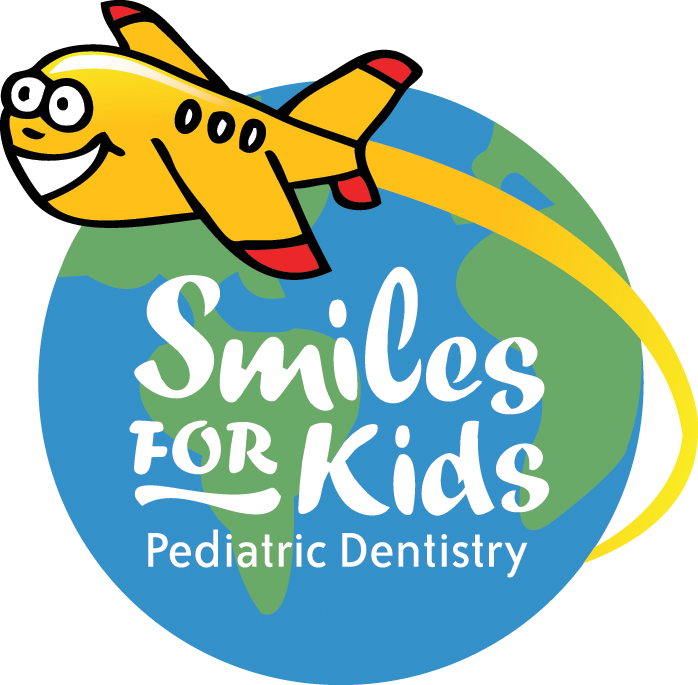Dental Trauma
/Dental trauma is most common in pre-school children that are learning to walk, run, jump and climb, and in school-age children playing sports, but can happen anytime. Our team wants to help your family feel prepared to handle these emergencies.
The most common types of trauma in baby teeth are movements of the teeth in the bone displacing them in one direction or another. At that time, damage to the supporting ligament or fracture of the bone is also possible. Examination and treatment at this age can be difficult due to fear and lack of cooperation. Treatment of these luxation injuries must consider having the least amount of risk to damage permanent teeth developing underneath. Most heal spontaneously and no treatment at the time of injury may be necessary. In more severe luxation injuries, an extraction may be the treatment of choice. If a baby tooth is knocked out of the mouth, it is best NOT to re-implant the tooth due to poor healing capability and possible injury to the developing permanent tooth underneath it.
The most common type of trauma in the permanent dentition is a crown fracture. This can vary from slightly chipped teeth to fractures of majority of the crown even exposing the nerve of the tooth. We recommend keeping the tooth fragment that broke of as we may be able to bond it back to the tooth. Otherwise, a composite restoration can be done. X-rays of the lip or cheek may also be taken to search for lost tooth fragments. If the nerve is exposed, a pulpotomy may need to be done. Pulpotomy is a procedure where the infected pulp tissue is cleaned, medicine is placed and then the fracture is restored. Lastly, some fractures could be so severe that the tooth may need to be splinted to the adjacent teeth for stability. A wire will be bonded to the injured tooth and adjacent teeth for a few weeks while the bone and supporting ligaments heal.
If a permanent tooth is knocked out, it’s important to put the tooth back into its socket as quickly as possible. Time is of the essence in these emergencies. The long-term survival of the tooth after 15 minutes outside of the mouth declines quickly. Second best option is to store it in the child’s saliva or in cold milk. Do NOT store the tooth in water. Call our office immediately so we can splint the teeth together to stabilize the tooth in the socket. In some cases, especially if the tooth is not in a safe storage solution for more than 60 minutes, the long-term survival is poor and a root canal may have to be done.
After trauma to the teeth, we recommend monitoring the teeth over time for signs and symptoms of infection even if the child does not feel pain. Most common signs are: 1) discoloration of the teeth 2) mobility of the tooth 3) swelling and infection that look like a bubble overlying the gum of the injured tooth.
For the best chance of long-term survival, call our office as soon as possible when trauma occurs. We are always on call for our patients. You can also ask us about our dental trauma protocol at your next routine check-up.
Dr. Lindhorst, Dr. Theriot and the Smiles For Kids Team
